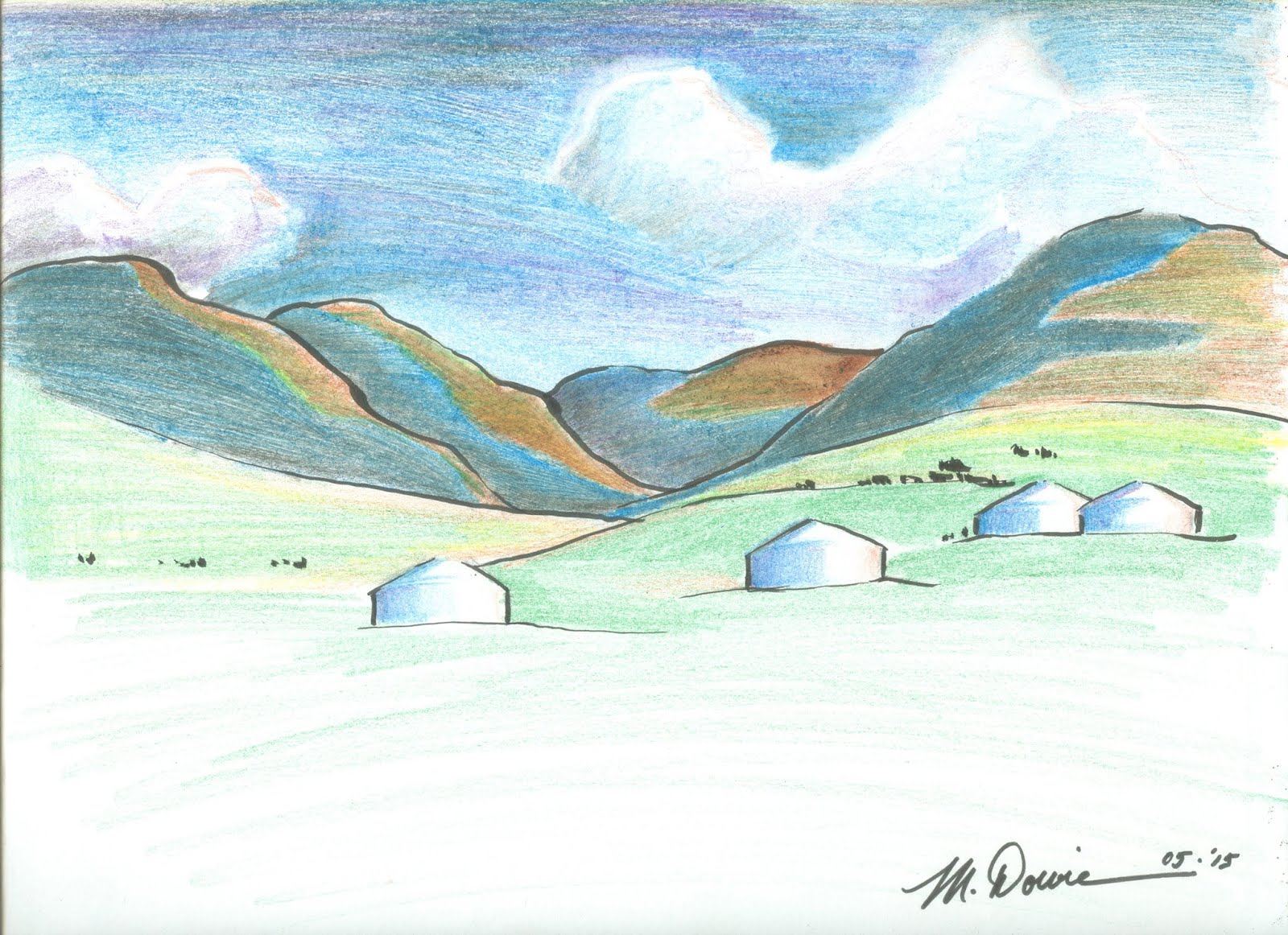Also known as "weed-day" to
pot smokers across the USA and Hitler's birthday to historians and, I
suppose, neo-Nazis, everywhere. Unlike P and Q, R actually is a
significant letter in Old Norse so I may actually end up cutting some
stuff for space, but since my minivan died, I have more time to work
on this today, so maybe not.
R is for Ragnarök, we may as well get
the big one out of the way first, eh? First off this represents "the
outcome of destiny" rather than "the twilight of the gods",
it is more the completion of one cycle of events than the end of
everything. New Gods arise, mankind is renewed, things will be
rebuilt. Secondly, it arrives very late in the corpus of Germanic
lore, so it is very likely to have been heavily influenced by
Christian tales of Armageddon. I have issues with the idea of a Norse
apocalypse just because setting it in motion changes the character
of Loki from well meaning, but occasionally foolish or weak,
Trickster and friend of the Aesir to Norse Satan and 5th Columnist
for the Jötunn; I don't see it. Sure, I can see Loki having the
monster children with Angrboða, pretty much every one of the Aesir
is boning some Jötunn chick, but Odin is a little more savvy than to
keep Loki on staff if he can see what's coming, and he can.
R is for Runes, a big number two on the
Norse significance list. They are both an alphabet and a mystical
symbol system used for magical purposes. I kind of covered them under
Futhark a bit and under Galðr some. There were actually a number of
different variant runic alphabets in use across the Germanic world,
mostly pretty similar to each other but always adapted to the
languages of the people that were using them, the Anglo-Saxons used a
runic alphabet called the Futhorc for instance, there were Frisian
runes and Norse runes and the ever popular, and I am not really sure
why, except that it is "ancestral" to other runic
alphabets, the Elder Futhark- often referred to as "The Viking
Oracle" or some such nonsense; especially considering the
Vikings were using the Younger Futhark when the were using runes at
all, and there is very slim evidence that the Norse used them in any
kind of oracular way.
R is for Rune stones, which, unlike
what purveyors of necklaces at renaissance festivals would have you
believe, were actually more like commemorative stones, usually bigger
than a headstone for a grave, they were carved with runes telling,
briefly, the reason why they were there. This might be because
someone important built a bridge and wanted everyone to know it for
posterity, or it might be to remember that your fallen comrades died
bravely in a far away land and you wanted to make sure no one forgot
who they were or what they did.
R is for River Travel, which is what
made the Norsemen the bloody threat they were. Not only could their
ships cross the sea, but they could sail right up river too, striking
deep inside your country, coastal defenses were not enough. The
Vikings attacked Paris this way. They conquered Russia this way.
Let's look at it from an ancient/medieval perspective, water makes
the best defensive barriers and it makes a good way to ship goods.
Even today most countries on the map have some sort of impassible
barrier as a border between them, and that barrier is either water or
mountain most of the time. The Vikings turned the defensive advantage
into a critical defensive flaw.
R is for Rus the name the Greeks called
the Vikings, and it stuck to Russia.
R is for Raids and Raiding, and isn't
that what everyone really remembers about the Viking Age? I am not
going to play Devil's Advocate here and point out all the good things
the Vikings did for Europe too, the raids were bad, at least from the
point of view of the people being raided. The "Dark Ages"
weren't a particularly nice time to live in for anyone, anywhere on
Earth.
R is for Riddle Games, Tolkien didn't
invent this for Bilbo and Gollum, he was using a pattern established
by none other than Odin in Vafþrúðnismál.
R is for Rán, a Jötunn woman who is
nevertheless considered the Goddess of the Sea Bottom. She is the
wife of Ægir, who is also a Jötunn and considered a God of the Sea.
Both are friends and allies of the Aesir, and they have nine
daughters, who may be the mothers of Heimdall.
R is for Ratatosk, a Squirrel that
lives in the branches of Yggdrasil and carries insults between the
dragon at it's base and the eagle at it's peak.
R is for Rind, a Goddess of the Aesir,
who will become the mother of Vali, the avenger of Balder. The
stories of how Odin convinces her to bear him a son to avenge his
dead son Balder are slightly conflicting, but unsavory in any case.
He either uses seið magic to strip her of her will to resist (and
seið magic is the kind of gay lady's magic) or he just attempts to
seduce her several times, fails, then poisons her and rapes her. Odin
is an ends justify the means kind of a God.
Oh, and I got this stuff in the mail today-
I already had Commander's SSD Book #2, but it came with Captain's Log #1 and they were dirt cheap.



I'm very much enjoying this Old Norse A-Z Great Khan. Fascinating.
ReplyDeleteI am glad you are enjoying it, there have been a couple of rough days so far and I can see a couple coming in the future too. Don't expect too much on X day for example. I am enjoying the theme, but it has been a bit frustrating on a couple of days.
Delete